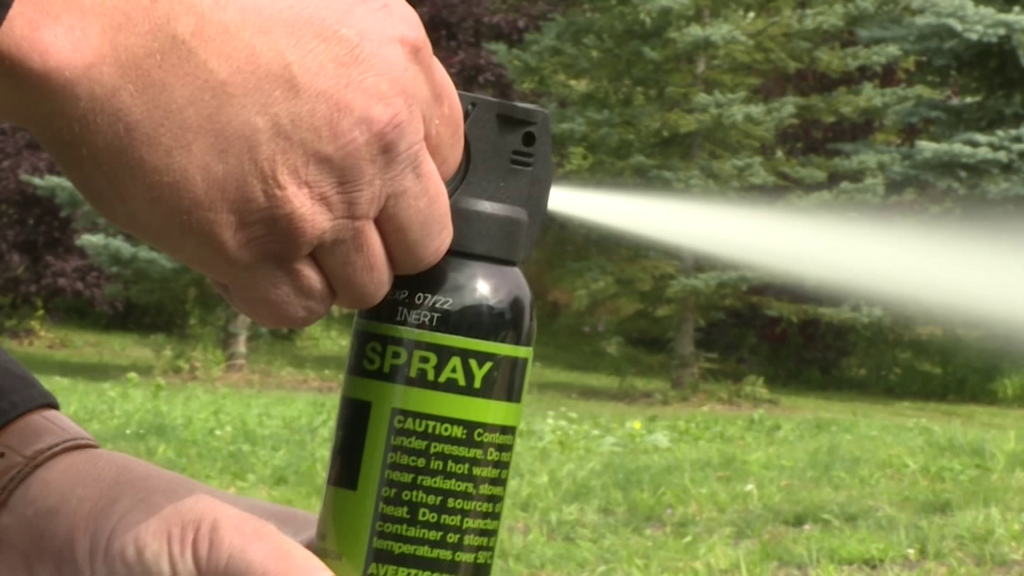Cases of skin cancer are becoming increasingly common in Canada
Posted May 13, 2018 12:45 pm.
This article is more than 5 years old.
VANCOUVER (NEWS 1130) – It’s preventable, but cases of melanoma continues to become more frequent in this country and doctors are warning people to be careful as Monday marks World Melanoma Day.
The first part of staying safe is prevention and knowing who’s at greatest risk, explains Dr. Jason Rivers with Vancouver-based Pacific Derm.
Risk factors includes those with pale skin, lots of moles, blond or red hair, people who use a tanning bed or have a family history of skin cancer.
Three Types of Skin Cancers (source: Pacific Derm)
- Basal cell skin cancer: least dangerous, most common, firm, flesh coloured or red bump, often a pearly border, or a sore that bleeds, heals, reappears, or small red scaling patch
- Squamous cell skin cancer: common, thickened, red scaly bump or wart-like growth
- Melanoma skin cancer: least common, can be deadly, a change in colour, shape, size of mole, or brown/black freckle-like flat spot, often on legs of women, backs of men
Rivers breaks down what melanoma looks like. “A spot that is more irregular than the other spots, it’s darker than the other spots or may have multiple colours, it may be growing faster than other spots. These are things you should look at. For men, the most common area that we see melanoma is on the back.”
Some related symptoms can include pain, scarring or disfigurement.
He reminds you to use sunscreen with an SPF of at least 30, wear a hat, avoid direct sun exposure and don’t use tanning beds. These tips are timely as we enter a hot stretch of weather.
Skin cancer can be deadly.
Potential Treatments (source: Pacific Derm)
- For non-melanoma skin cancer: prescription medications, like creams
- Procedures: electrodessication and curettage, surgical removal, photodynamic therapy, radiation
- For melanoma skin cancer: procedures include surgical removal
Skin cancers are tumours that are caused by the uncontrolled growth of skin cells and most developing on skin that’s sun-exposed like face, neck, arms and legs. You can also be susceptible to the disease if you’ve had too much sun over many years.








